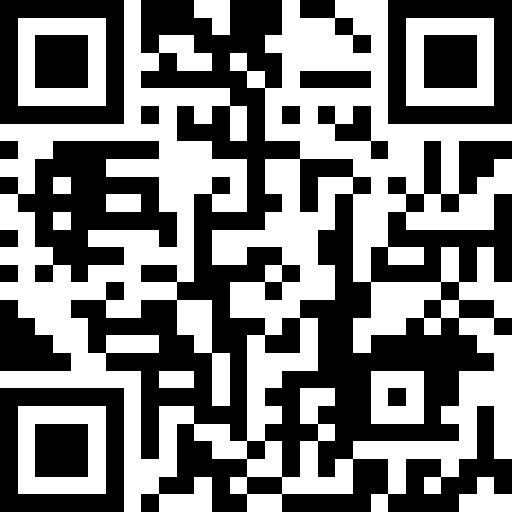Title Page
-
Audit date :
-
Audit reference :
-
Auditor :
-
Auditee :
Mandatory Audit Questions
-
Are procedures being audited meeting the requirements of the where applicable e.g., ISO 9001:2015 and customer-specific codes of practise?
-
Are documents accessible and readily available on the master register?
-
Are documents in use the correct revisions?
-
Have the relevant staff been trained on these documents?
-
Are training records up-to-date with the current documents?
-
Previous Audit Reviewed?
-
Any NC Raised in Previous Audit Closed?
Audit Specific Questions
-
Does the organisation seek to continually improve & enhance customer requirements and customer satisfaction – how is this achieved
-
Evidence :
-
Does the organisation have a system in place to improve products and services to meet requirements – e.g investing in latest technology and innovation, improving reliability, improving yield, reducing cost, and improving on-time delivery
-
Evidence :
-
Improving the performance and effectiveness of the QMS by acting on process performance results,
-
Evidence :
-
Is there evidence that quality system documentation is revised & updated
-
Evidence :
-
Have any changes occurred in the production process since last audit & is there evidence that documentation has been updated & implemented
-
Evidence :
-
Is data used to develop improvement opportunities
-
Evidence :
-
Does the organisation monitor underperformance of the management system
-
Evidence :
-
Is data analysis and evaluation used to identify continuous improvement & improve the performance and effectiveness of the QMS
-
Evidence :
-
Are improvement systems planned
-
Evidence :
-
Does the organisation measure the effectiveness of processes / QMS improvements
-
Evidence :
-
Does it in turn improve the organization’s overall performance, efficiency, and effectiveness
-
Evidence :
-
Are changes documented properly according to the documentation requirements.
-
Evidence :
-
Where improvements are affected reactively through corrective actions is improvement realized
- Compliant
- Non-Compliant
- N/A
-
Evidence :
-
Is root cause analysis used in correcting, preventing or reducing undesired effects
-
Evidence :
-
Is there evidence that the organisation acts on customer feedback and/or in service reports
-
Evidence :
-
Are audit findings reviewed & understood
-
Evidence :
-
Is there a document procedure for managing non-conforming products
-
Evidence :
-
Does the procedure include the requirement for staff to identify & report potentially non-conforming product
-
Evidence :
-
Is there clear identification of non-conforming product
-
Evidence :
-
Are defined responsibilities for making final decisions on use, reworking, use by concession etc at the appropriate level
-
Evidence :
-
Are records available showing decisions made
-
Evidence :
-
Is there a document procedure for the handling & correcting identified failures
-
Evidence :
-
Is there clear documentation of the non-conformity
-
Evidence :
-
Is immediate action [correction] taken to eliminate a detected nonconformity or defect taken
-
Evidence :
-
Does root-cause address the nonconformity
-
Evidence :
-
Is there evidence that the action relates to the address the identified root-cause
-
Evidence :
-
Has responsibility for the necessary action been identified
-
Evidence :
-
Is appropriate timescale for corrective action determined
-
Evidence :
-
Is there evidence that the proposed action was actually implemented
-
Evidence :
-
Is there evidence that the action was effective in preventing recurrence of the problem
-
Evidence :
-
Is there evidence that the necessary systems, policies, practices and procedures to prevent recurrence were updated & retraining completed
-
Evidence :
-
Does the organisation monitor effectiveness of corrective actions
-
Evidence :
-
Do management review meetings attended by senior management include review of incidents, corrective actions & non-conforming materials
-
Evidence :
Opportunity For Improvement
-
Number of OFI raised :
-
Details
-
Have the OFI details been added to HubSpot
Non-conformance
-
Number of Non-conformances raised :
-
Details
-
Have the Non-conformance details been added to HubSpot













